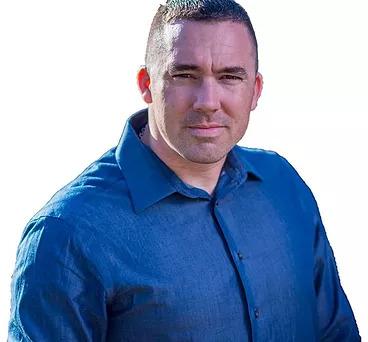When someone survives an event that in all likelihood should have been fatal, they are often left traumatized and wondering why they survived. Two U.S. Air Force veterans survived two very different near-death experiences, and have helped each other heal. Now they are living intentional lives and encouraging others to do the same.
Chris “Elroy” Stricklin is 47 years old and lives in Birmingham, Alabama. In 2003, he was performing a maneuver during the Thunderbirds Air Show. He took off, flew straight up, and flipped upside down. While trying to complete the back half of the loop, the aircraft lost altitude and crashed. The entire flight lasted 25 seconds.






